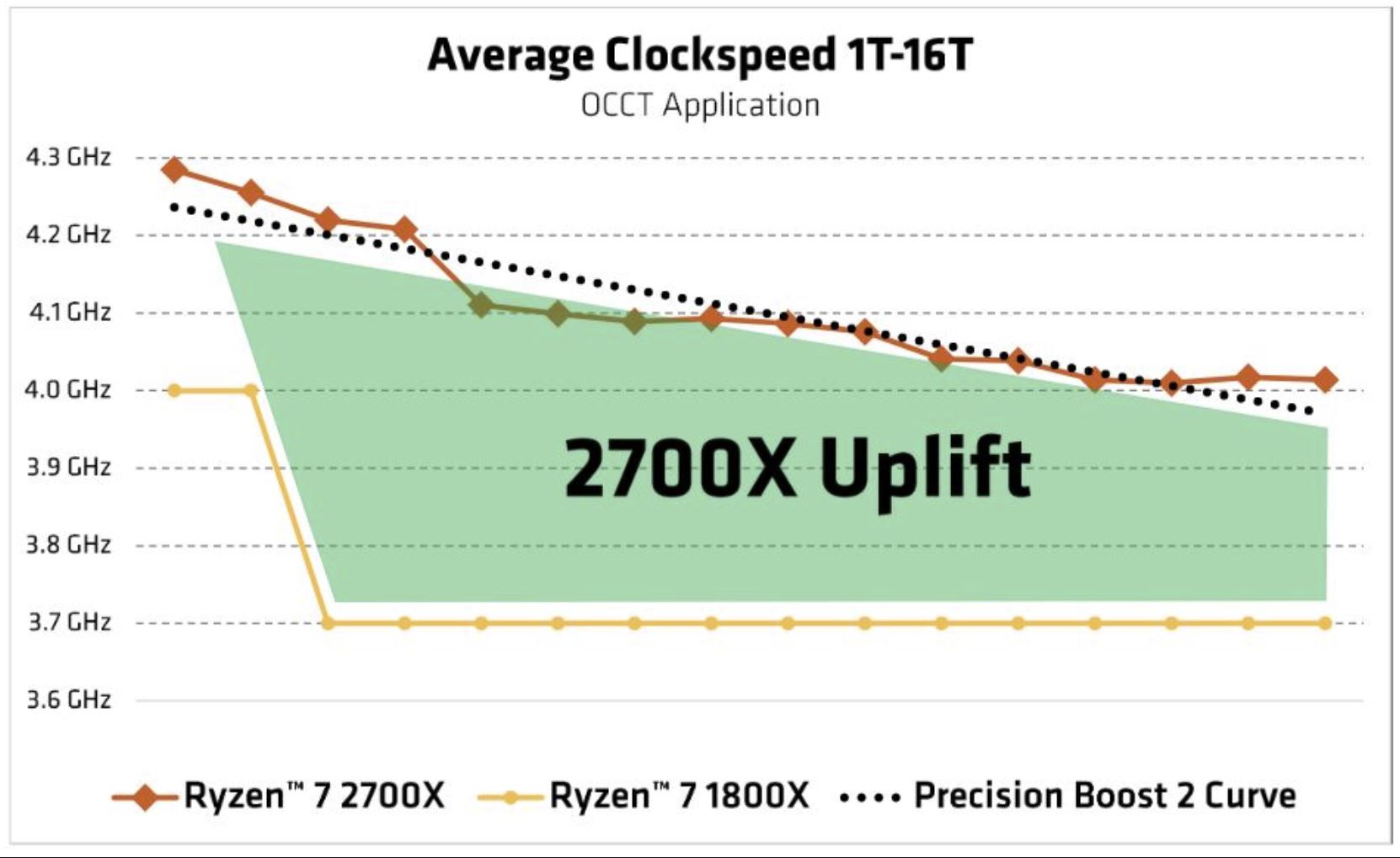Rocket Lake's New Adaptive Boost Tech Dials Up Frequency, Power, and Temps
100C, here we come!
In an odd disclosure that comes after Intel recently released the details of its 11th-Generation Core Rocket Lake-S processors, the company has unveiled a "new" Adaptive Bost Technology that allows the chip to operate at up to 100C during normal operation. This new tech will feel decidedly familiar to AMD fans, as it operates in a very similar fashion to AMD's existing boost mechanism that's present in newer Ryzen processors. This marks the fourth boost technology to come standard with some Intel chips, but in true Intel style, the company only offers the new feature on its pricey Core i9 K and KF processors, giving it a new way to segment its product stack.
In a nutshell, the new Adaptive Boost Technology (ABT) feature allows Core i9 processors to dynamically boost to higher all-core frequencies based upon available thermal headroom and electrical conditions, so the peak frequencies can vary. It also allows the chip to operate at 100C during normal operation.

In contrast, Intel's other boost technologies boost to pre-defined limits (defined in a frequency lookup table) based on the number of active cores, and you're guaranteed that the chip can hit those frequencies if it is below a certain temperature and the motherboard can supply enough power. Even though Intel has defined a 5.1 GHz peak for ABT if three or more cores are active, it doesn't come with a guaranteed frequency - peak frequencies will vary based upon the quality of your chip, cooler, PSU, and motherboard power circuitry.
Think of ABT much like a dynamic auto-overclocking feature. Still, because the chip stays within Intel's spec of a 100C temperature limit, it is a supported feature that doesn't fall into the same classification as overclocking. That means the chip stays fully within warranty if you choose to enable the feature (it's disabled by default in the motherboard BIOS).
Intel does have another boost tech, Thermal Velocity Boost, that allows the processor to shift into slightly higher frequencies if the processor remains under a certain temperature threshold (70C for desktop chips). However, like Intel's other approaches, it also relies upon a standard set of pre-defined values and you're guaranteed that your chip can hit the assigned frequency.
In contrast, ABT uplift will vary by chip — much of the frequency uplift depends upon the quality of your chip. Hence, the silicon lottery comes into play, along with cooling and power delivery capabilities. We've included a breakdown of the various Intel boost technologies a bit further below.


Intel's approach will often result in higher operating temperatures during intense work, but that doesn't differ too much from AMD's current approach because ABT is very similar to AMD's Precision Boost 2 technology. AMD pioneered this boosting technique for desktop PCs with its Ryzen 3000 series, allowing the chip to boost higher based upon available thermal and electrical headroom, and not based on a lookup table. Still, the company dialed up the temperature limits with its Ryzen 5000 processors to extract the utmost performance within the chips' maximum thermal specification.
As you can see in AMD's official guidelines above, that means Ryzen 5000 processors can run at much higher temperatures than what we would typically perceive as normal, 95C is common with stock coolers, triggering some surprise from the enthusiast community. However, the higher temperatures are fully within AMD's specifications, just as Intel's upper limit of 100C will fall within its own boundaries.
Here's the breakdown of Intel's various boost mechanisms:
- Turbo Boost 2.0: Increased frequency if chip operates below power, current, and temperature specifications.
- Turbo Boost Max 3.0: Fastest cores are identified during binning, then the Windows scheduler targets the fastest two active cores (favored cores) with lightly-threaded applications. Chip must be below power, current, and temperature specifications.
- Single-Core Thermal Velocity Boost: Fastest active favored core can boost higher than Turbo Boost Max 3.0 if below a pre-defined temperature threshold (70C) and all other factors adhere to TB 3.0 conditions.
- All-Core Thermal Velocity Boost: Increases all-core frequency when all cores are active and the chip is under 70C.
- Adaptive Boost Technology: Allows dynamic adjustment of all-core turbo frequencies when four or more cores are active. This feature doesn't have a guaranteed boost threshold — it will vary based on chip quality, your cooler, and power delivery.
Overall, AMD's Precision Boost 2 and Intel's Adaptive Boost Technology represent both companys' attempts to extract the maximum performance possible within the confines of their respective TDP limits. In its traditional style, AMD offers the feature as a standard on all of its newer Ryzen processors, while Intel positions it as a premium feature for its highest-end Core i9 K and KF processors. As you would imagine, we'll have full testing of the feature in our coming review.
Get Tom's Hardware's best news and in-depth reviews, straight to your inbox.

Paul Alcorn is the Editor-in-Chief for Tom's Hardware US. He also writes news and reviews on CPUs, storage, and enterprise hardware.